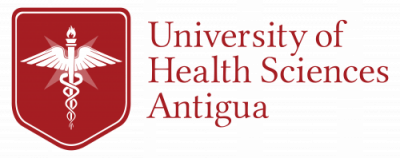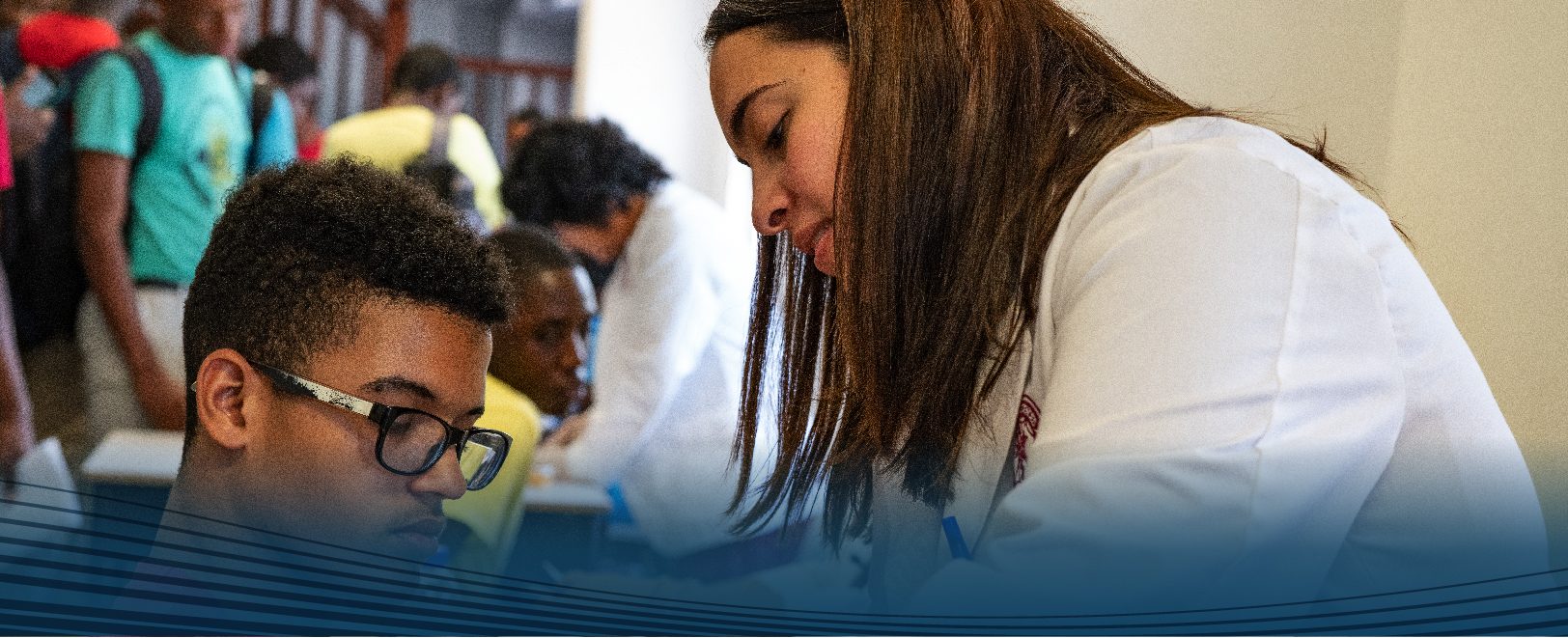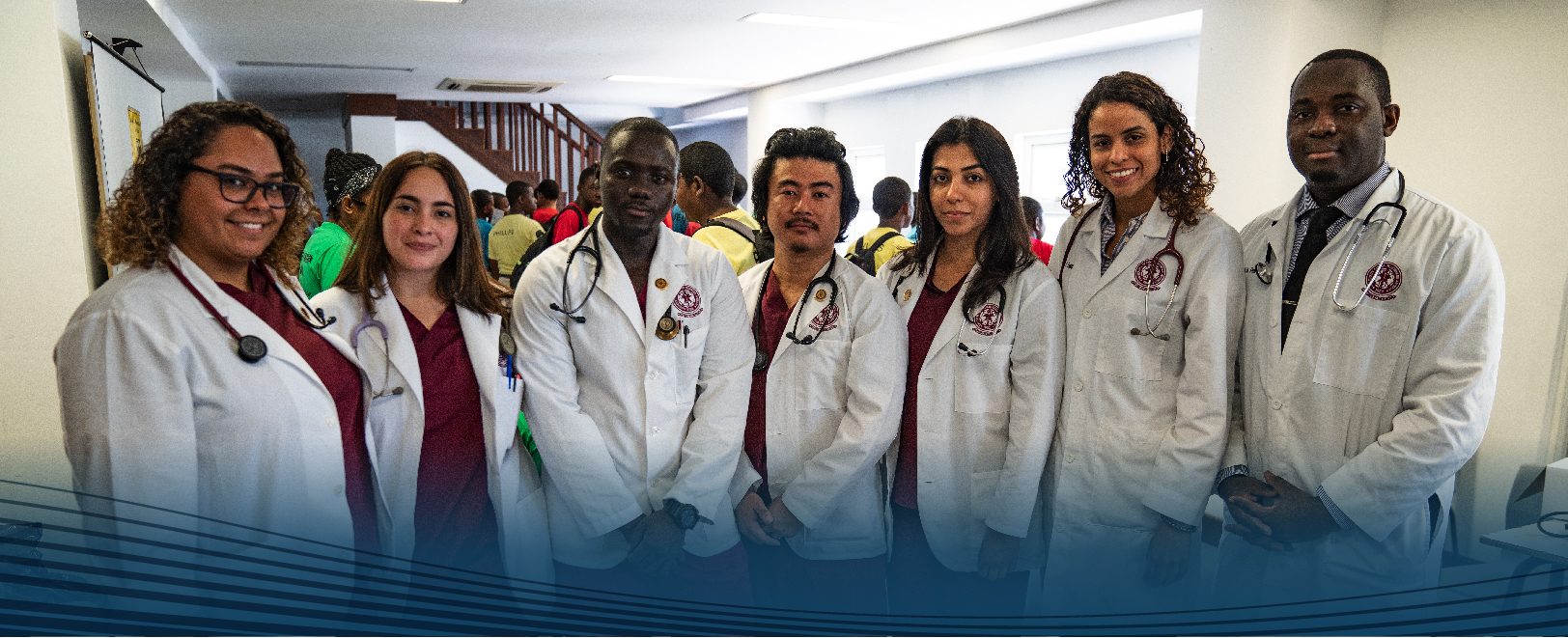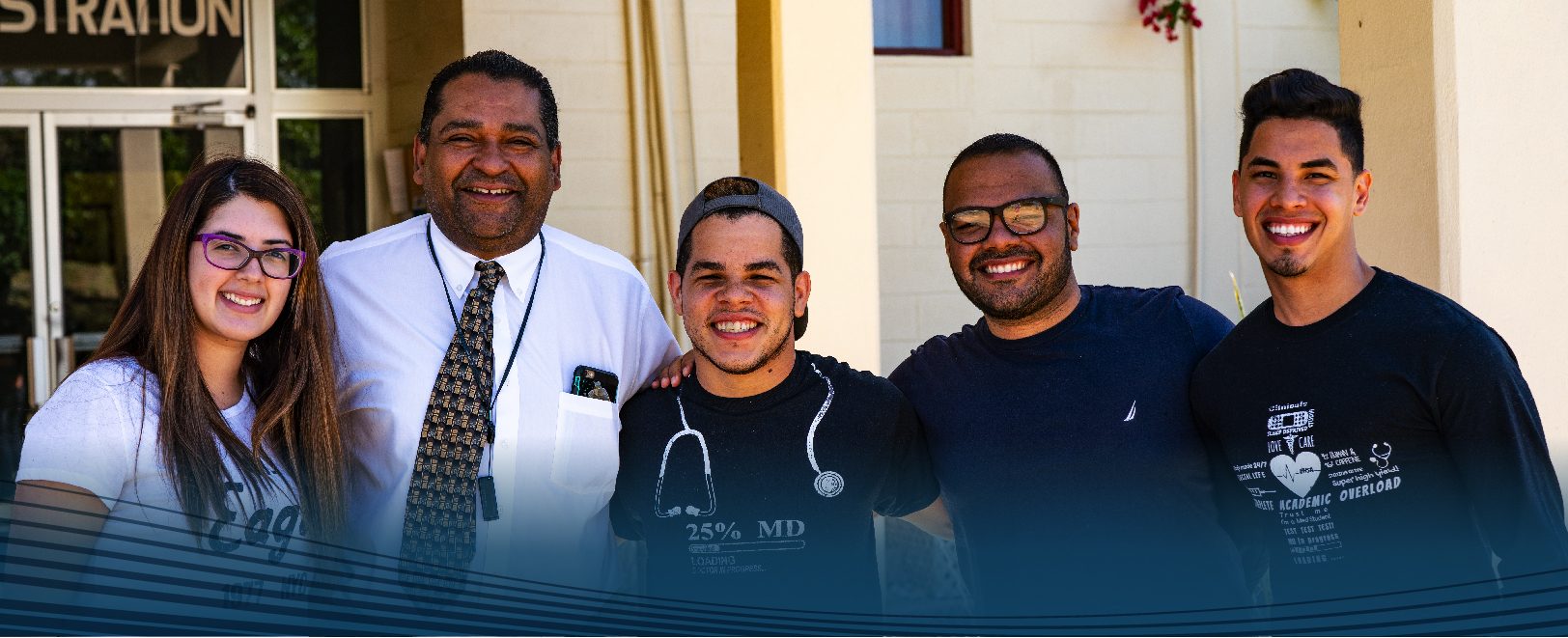If you are an applicant from Canada, there are several pathways for your to obtain your Doctor of Medicine (MD) degree from the University of Health Sciences Antigua. Students from a Canadian educational system with bachelor’s degrees typically enter the four-year Doctor of Medicine program. Most students complete the program in four calendar years.
Become a Doctor for Global Health
Academic Programs And Pathways For Students From Canada
Premedical Sciences Program – 1 1/2 Year
Designed for high school graduates, the 96-credit-hour Premedical Sciences Program offers students guaranteed entry into the Doctor of Medicine program upon completing the four premedical academic terms.
Our curriculum is consistent with our integrated medical curriculum, allowing students to transition smoothly into the MD program’s basic sciences. It presents fundamental scientific concepts from a medical perspective and incorporates USMLE Step 1 familiarization from day one.
Term I
General Biology
General Chemistry
Introduction to Psychology
College Algebra
Term II
English I
Biochemistry
Sociology
Biostatistics
Term III
Human Anatomy and Physiology I
Organic Chemistry
English II
Microbiology
Term IV
General Physics
Cellular and Molecular Biology
English III – Conversational
Human Anatomy and Physiology II
Doctor of Medicine Program (MD) – 4 Years
The Doctor of Medicine (MD) program is completed within four years. The first six terms of the program are dedicated to completing the Basic Sciences, followed by a Review of the Basic Sciences to prepare for the USMLE Step 1.
The final four terms of the program are spent completing the Clinical Sciences at our affiliate teaching hospitals. Our MD program is based on the curriculum standards of U.S. medical schools by fully integrating the basic sciences and clinical sciences throughout the entire MD program.
Enrollment Dates
Applicants for admission to the Premedical Sciences or Doctor of Medicine program may apply to start in January, May, or September of any given year.
Advantages of UHSA
Receive a quality medical education on a safe island at our beautiful 50-acre campus. Students attend classes in a year-round trimester format. Our curriculum was designed with the same prerequisites as US medical schools, offering students the necessary knowledge for excelling during Step 1, Step 2 CK, and Residency. Other advantages include:
- Recognized by the Medical Council of Canada (MCC)
- Instruction from North American-trained MD faculty
- Our Standardized Patient laboratory gives students the real-life experience necessary to develop and continuously improve their clinical skills
- Clinical rotations in North America, the Caribbean, and Asian Countries
- On-campus accommodations for male and female students
- Opportunities to shadow hospital teaching faculty and be mentored by tutors who have mastered the basic science coursework
Financial Aid For Students From Canada
UHSA is a designated institution for the Canada Student Loans Program (CSLP), which provides citizens with loans and grants to cover education costs. All provinces and territories participate in the CSLP, except Quebec, solely because the province does not provide provincial loans for international schools.
Applicants must use UHSA’s designated school code [ZPAS] when completing the process of obtaining funding.
Provincial and territorial student aid offices:
- Alberta Student Aid
- British Columbia Student Aid
- Manitoba Student Aid
- New Brunswick Student Financial Services
- Newfoundland and Labrador Student Financial Services
- Northwest Territories Student Financial Assistance
- Nova Scotia Student Assistance
- Nunavut Student Funding
- Ontario Student Assistance Program (OSAP)
- Prince Edward Island Student Financial Services
- Saskatchewan Student Loans
- Yukon Student Financial Assistance
The approval process for Canadian financial aid may take up to 12 weeks. After you apply, your provincial or territorial student aid service will be in touch with you for the steps that will follow.
For students who still need to pursue a private loan option beyond federal and provincial funding, we also offer the following:
Canadian Banks Offering Student Lines Of Credit
As a Canadian student, you may also be eligible to apply for Student Lines of Credit through banks that cater specifically to medical students. When applying for a student loan, you must first supply the financial institution with our school information and then complete the application process. Some banks will require a cosigner during the application process.
To apply for a Student Line of Credit, we recommend contacting the Financial institutions directly. For your convenience, a direct link to the specific programs at each eligible financial institution can be found below:



